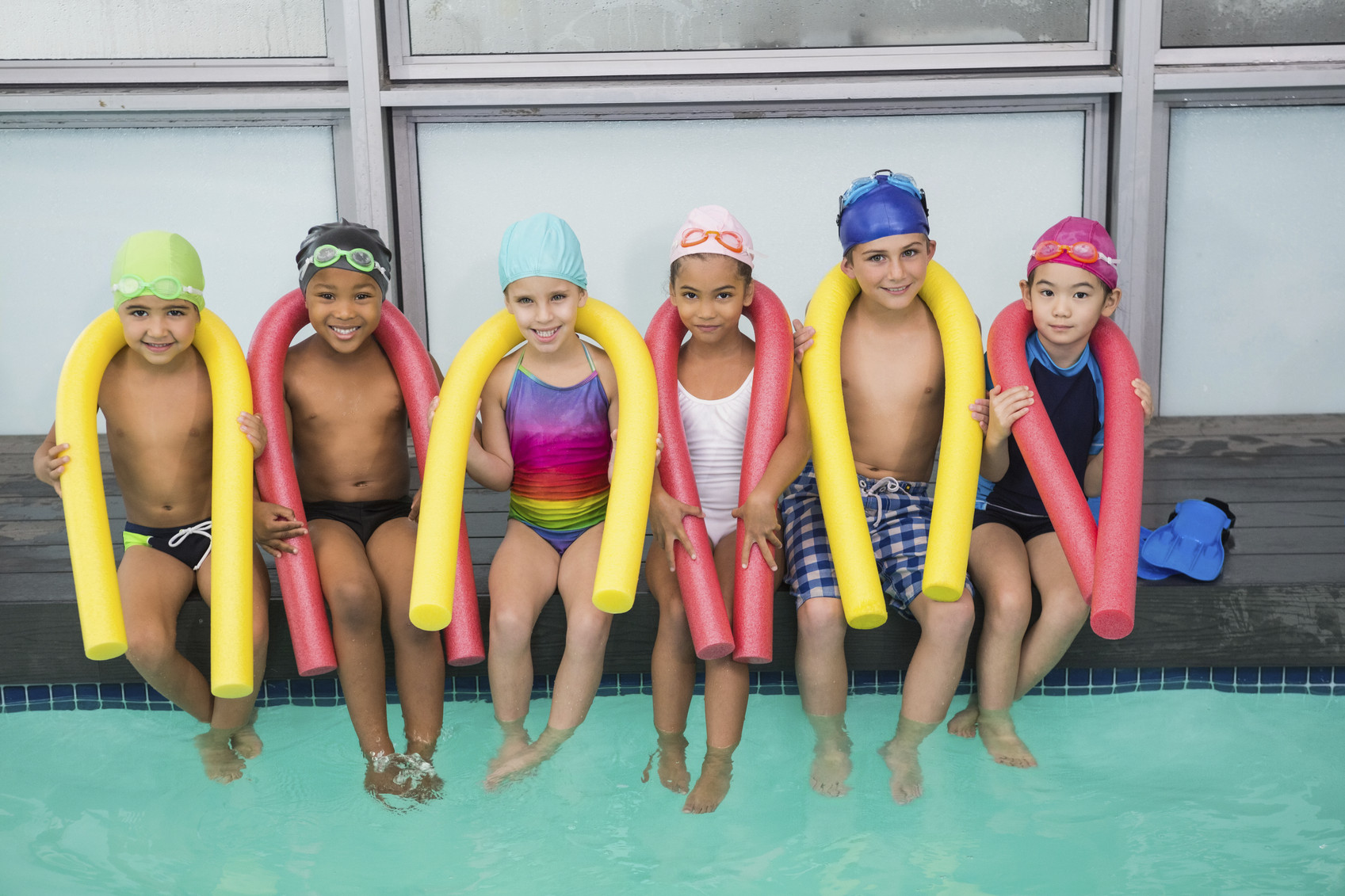The 5 things parents need to know about drowning

Follow me on Twitter @drClaire
Every day, about 10 people die from drowning — and two of them are children. Not only that, for every child that dies from drowning, five more are treated in emergency room for injuries from drowning, which can include permanent and severe brain injuries.
Here are the five things all parents and caregivers need to know about drowning:
- Drowning can be silent. When we think about drowning, we think about flailing arms and calls for help, but that’s not how it usually works. What usually happens is that people take the biggest breath they can and go down — and don’t come back up again. They can’t flail and they can’t yell. You could miss it. To learn more about this, check out the great post, “Drowning Doesn’t Look Like Drowning.”
- Drowning can happen where there are lifeguards. In 2011, a woman slid to the bottom of a guarded public pool in the Boston area and drowned — and her body wasn’t discovered for two days because the water was murky. While that may be an extreme case, people drown where there are lifeguards all the time. Lifeguards can’t always see everything, especially when drowning can be silent — and they can get distracted just like anyone else. Just because there is a lifeguard doesn’t mean you don’t have to watch your child.
- Drowning can happen in very little water. All it takes is enough water to get your face in. Children can drown in a kiddie pool, a bathtub, a bucket of water, or a toilet bowl.
- Good swimmers can drown. They can get tired, they can get a cramp, they get can caught in a rip current or in something underwater — or they can bump their head. Just because your child is a good swimmer doesn’t mean something bad can’t happen.
- Drowning is preventable. Here’s what you can do:
- Teach your child to swim. Sign them up for a swimming class — look for one that teaches water safety skills, too.
- Learn CPR. It’s easy to learn, and saves lives.
- If you have a pool, make sure it is completely fenced all around — and has a self-latching or self-locking gate.
- Use lifejackets whenever you go out on the water, on anything.
- Teach your children what to do if they get caught in a rip current: instead of fighting it and trying to swim back to shore against it, swim parallel to shore and ease your way out of it.
- Keep your eyes on your child at all times when they are in any kind of water. This includes bathtubs and kiddie pools; if you need to take your eyes off them, take them out of the water. At the beach or pool, keep your eyes on your children even if there is a lifeguard. You can read or look at your phone later. Nothing is more important than your child’s life.
Swimming can be fun, and great for your child’s health. Just treat the water with the respect and fear it deserves — and teach your children to do the same.
About the Author

Claire McCarthy, MD, Senior Faculty Editor, Harvard Health Publishing
Disclaimer:
As a service to our readers, Harvard Health Publishing provides access to our library of archived content. Please note the date of last review or update on all articles.
No content on this site, regardless of date, should ever be used as a substitute for direct medical advice from your doctor or other qualified clinician.












